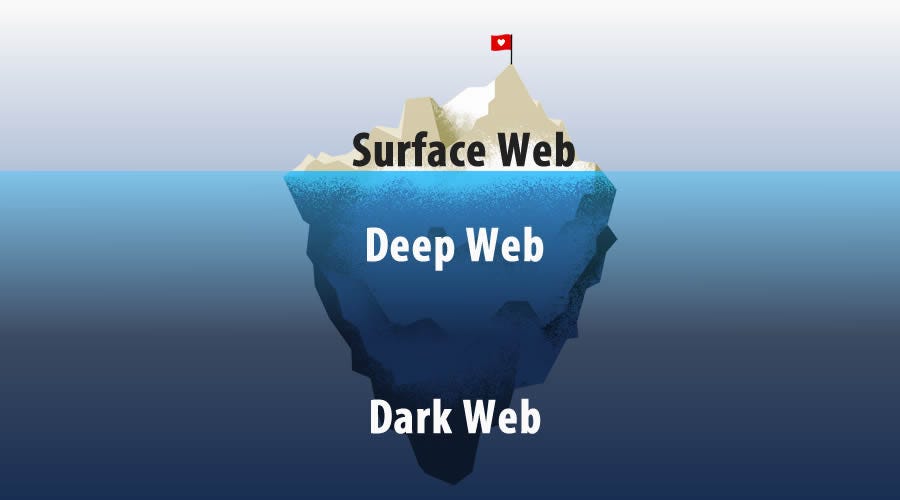The deep web could be the place in the world Wide Web that is not classified by standard web search-engine programs. It’s sometimes when compared to tip of an ocean or iceberg, as it represents a large part of the Internet’s information.
It provides something that lives behind paywalls, password protected sites or some other form of content that is hidden from regular web crawlers. A few examples include messages, private content on social networking sites, office intranets, online bank statements and fee-for-service websites like Netflix.

Whilst it may appear shady to access deep websites, there are lots of legitimate uses of it. For instance, it can help protect payment information when buying services or goods online. In addition, it allows citizens in oppressive regimes to arrange and speak freely without anxiety about being caught by government surveillance.
Furthermore, deep web allows scientists to share scientific articles and research that isn’t easily accessible in person. This is especially essential in third-world countries the place that the budgets for research are extremely low it could be impossible to conduct this research otherwise.
Gain access to the deep web, you’ll need a special software package like Tor that anonymizes your personal computer and sends data through layers of encrypted servers. Therefore your data is virtually unreadable to anyone except anyone you’re emailing. Once you’ve installed the software, you’ll want to know the particular URL of the deep web site that you want to visit. You’ll also require a specific visitor that supports Tor, which looks unique compared to typical browser.
To learn more about deep web check our internet page
